Architecture
Our in-house experts scour the globe to bring you the most promising architecture talent
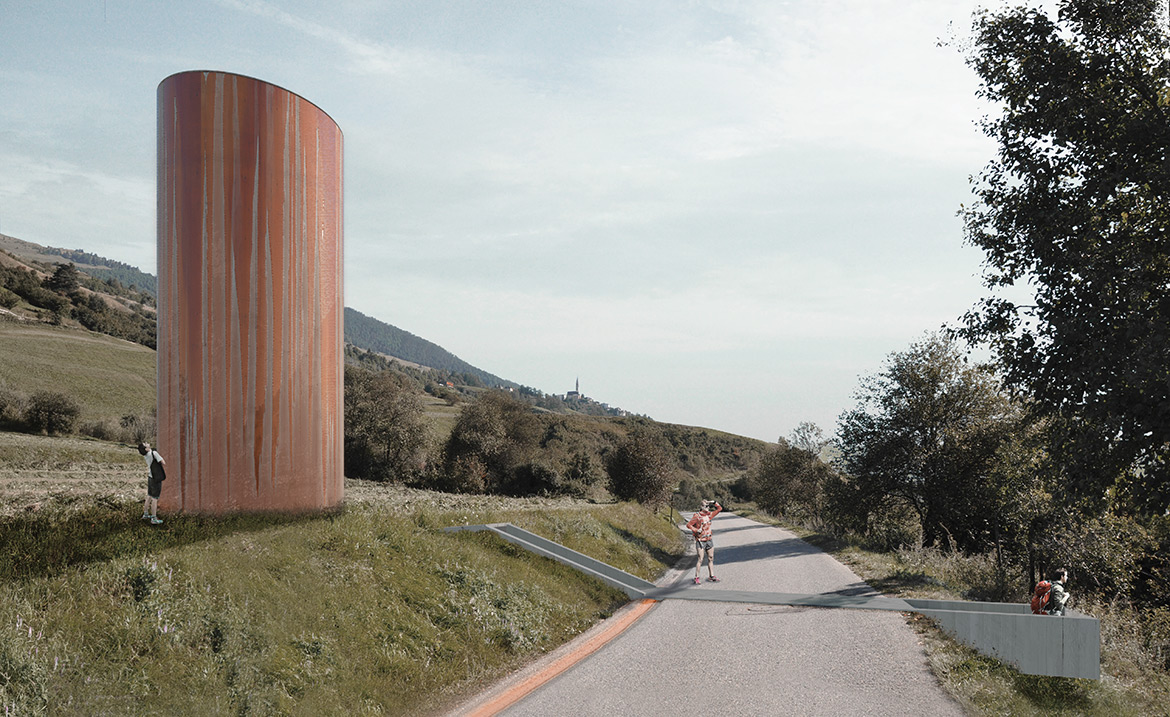
Working together on several projects, Moosbauer and Kathrein found their design process became more effective due to discussion and their diverse approaches to a brief. Their joint thesis looked at tourism as a result of social and natural change in the Lower Engadine area. Taking the town of Scuol in the Alps as a case study, they proposed six individual projects, including a kiosk, a spa and a hotel, which looked to preserve the local identity and were cross-linked to a regional strategy of six municipalities. Would most like to work for: each other. h.moosbauer@gmx.net; npkathrein@gmx.at
The next generation of architects and engineers are setting themselves an ambitious agenda. We pinpoint a top crop of nascent stars who are up to the job.
Writer: Harriet Thorpe
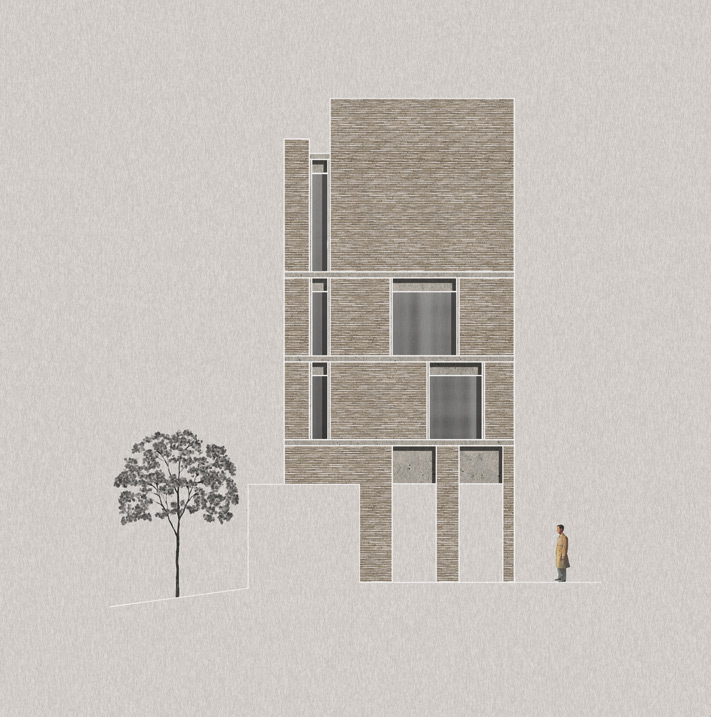
Counsell is interested in architecture that addresses overlooked social issues. For his thesis, he responded to the increasing number of cases of post-traumatic stress disorder in the UK, questioning how architecture can contribute to wellbeing and recovery from trauma. Counsell designed a facility for Chepstow, in south Wales, reflecting different possibilities for psychological rehabilitation and rest within the topography of the town’s Dell valley. Currently working at Feilden Clegg Bradley Studios, he plans to embark on his ‘Part 2’ in 2017. He was initially drawn to architecture, he says, as a ‘platform to think creatively with materials – an art of craft and fabrication at varying scales’. Would most like to work for: Duggan Morris Architects. sean@advancedcontrol.co.uk

A winner of the RIBA Wren Insurance Scholarship, Proctor’s thesis project looks at the impact of resource scarcity on urban environments. Taking the location of the Royal Albert Docks as a third financial district for London, he envisions buildings as mineral deposits coded by colour, which can be leased, tracked and sold for profit. He is currently working at David Chipperfield Architects in London on competitions and future proposals. Would most like to work for: people who do not hold preconceptions of what architecture should be. charles.proctor@network.rca.ac.uk
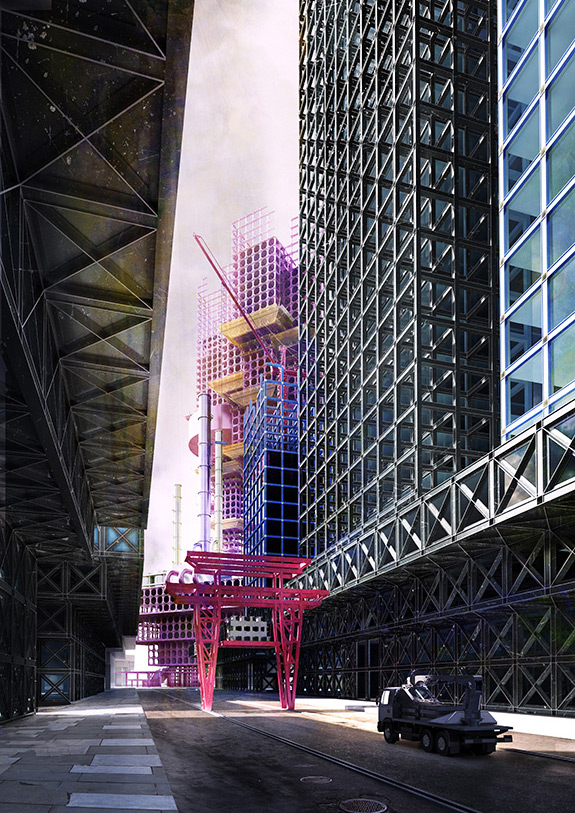
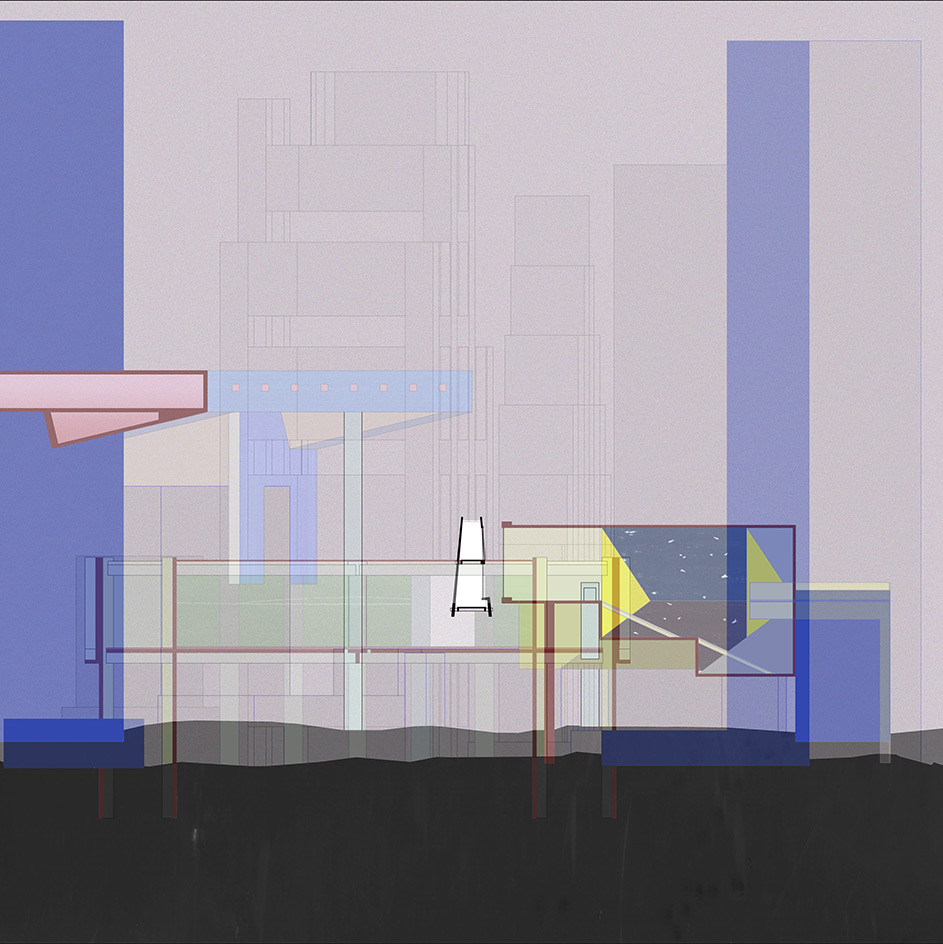
Inspired by the work of Hong Kong filmmaker Wong Kar Wai, Engstrom decided to explore the city in her undergraduate thesis, which celebrates and combats urban density. By carving a tunnel through the existing architecture of Hong Kong, Engstrom created a pedestrian bridge, which leads from the city to the mountain. ‘I have always been sensitive to how built and naturally-occurring spaces affect my behaviour and found that I wanted to design objects and systems to influence other people,’ says Engstrom who now works for Urbahn Architects in New York. Would most like to work for: LOT-EK and Atelier Bow-Wow. cassieengstrom@gmail.com
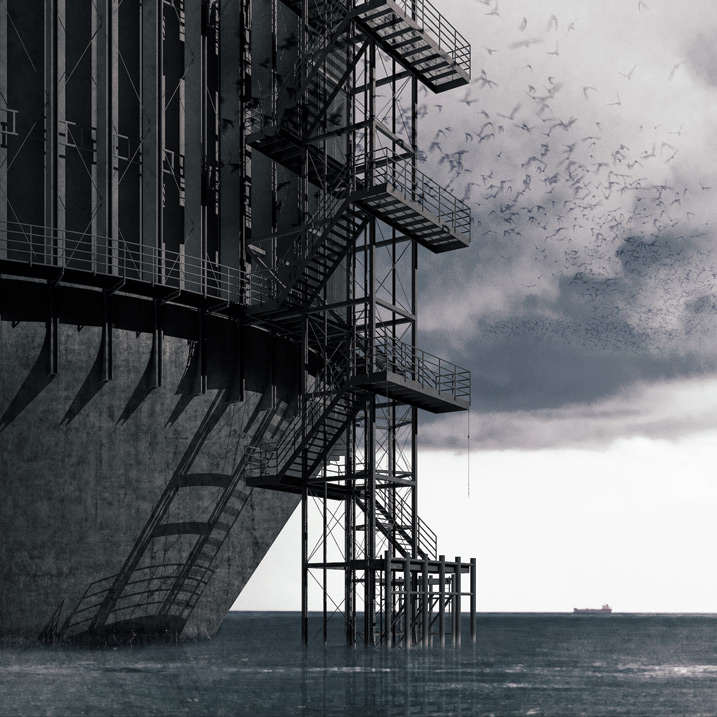
Djurdjevic and Paturet collaborated on their thesis, which examines the Baltic Sea from geological, social and political directions, seeking to find ways to exploit the sea and manage its resources for human use. In 2016 the project was awarded the Archizoom BestOf prize, the ‘Next Generation’ Arc Award and the Prix Arditi. The duo cite Lego and the film 12 Angry Men as their respective inspirations. Another collaboration based on the Baltic Sea – an elegant book of maps, diagrams and charts, which searches for clues and patterns – was exhibited at the Baltic Pavilion at the Venice Architecture Biennale. Would most like to work with: each other, at a university interested in landscape and architecture studies. djurdjevic.muriz@gmail.com; thomas.paturet@gmail.com
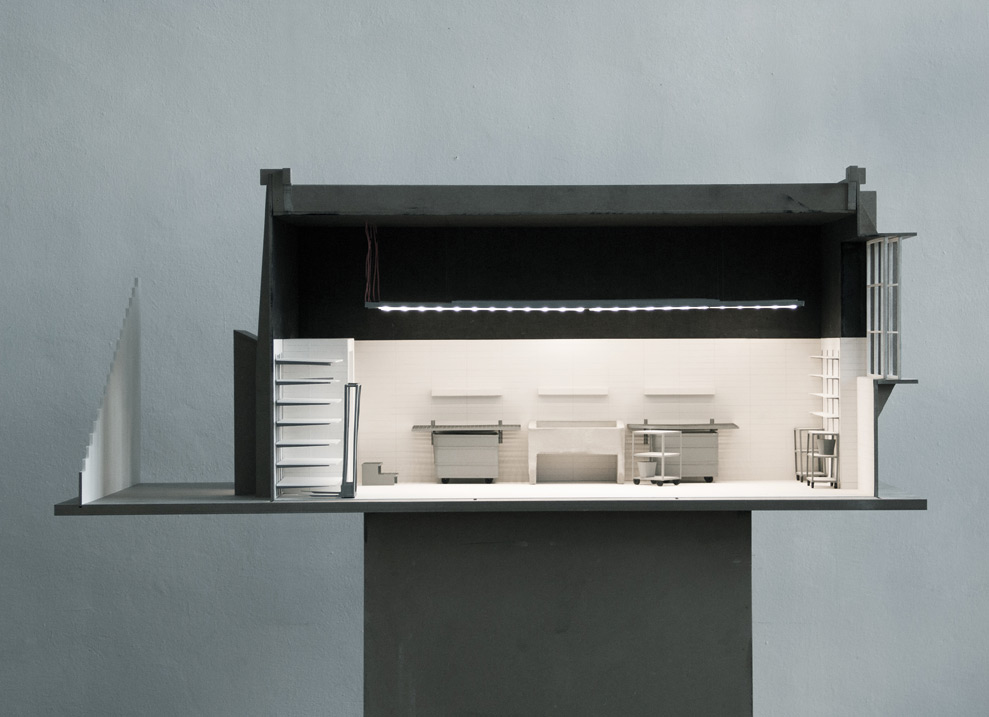
Pröbster credits her sensitivity to rural and urban environments to growing up in northern Bavaria and the work of her father, a land artist. As a teenager, she admired the art of Richard Serra. Her final thesis, influenced by an internship at MVRDV in Rotterdam, is a residential design for her parents, inspired by six symbolic objects from her family history. Would most like to work for: institutions working in regional planning and futurology. rebecca.proebster@gmail.com
Receive our daily digest of inspiration, escapism and design stories from around the world direct to your inbox.
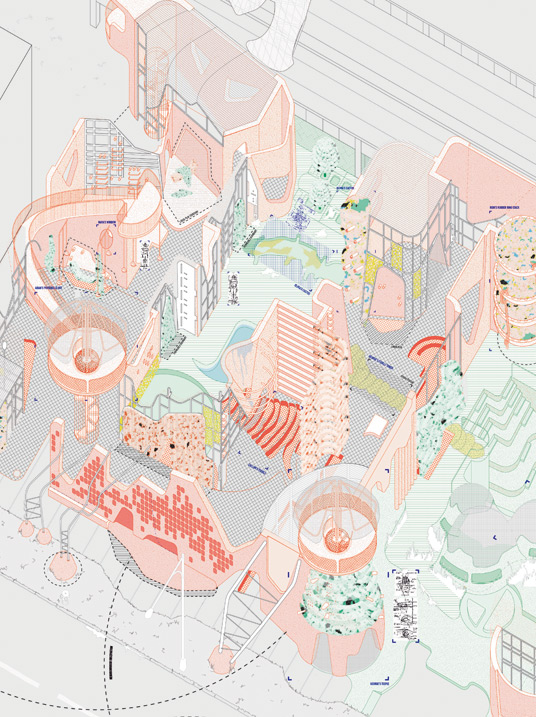
Kitley’s work to date has explored self-build architecture as a form of self-help for communities. ‘I love the hands-on nature of working with materials and collaborative construction,’ she says. For her final project, she designed a sustainable playscape that children can build themselves. Kitley is currently working for Peter Barber Architects on social and homeless housing.Would most like to work for: the late Miguel Fisac. emmakitley@googlemail.com
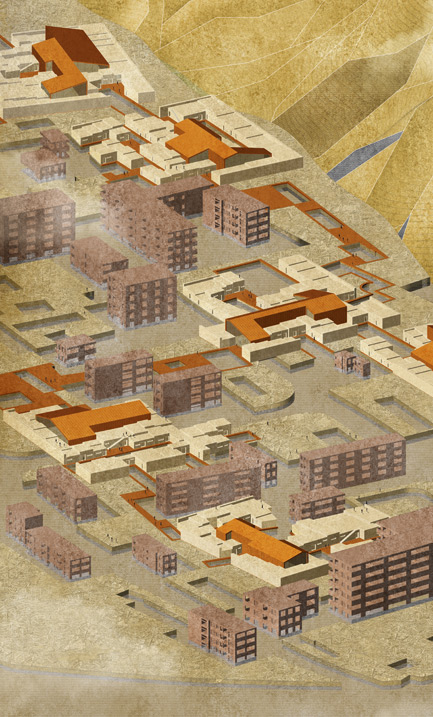
Challenging the view that architectural preservation is an obstacle to change, Liu’s thesis proposes to integrate ‘bad architecture’ through memorialisation. Winner of the 2016 AIA Certificate of Merit, Liu seeks to combine traditional Chinese drawing techniques with digital fabrication. He is currently working at SOM and is a founding member of Tekuma Inc, which connects artists and real estate. Would most like to work for: Herzog & de Meuron, Snøhetta and SOM. ltj117@hotmail.com
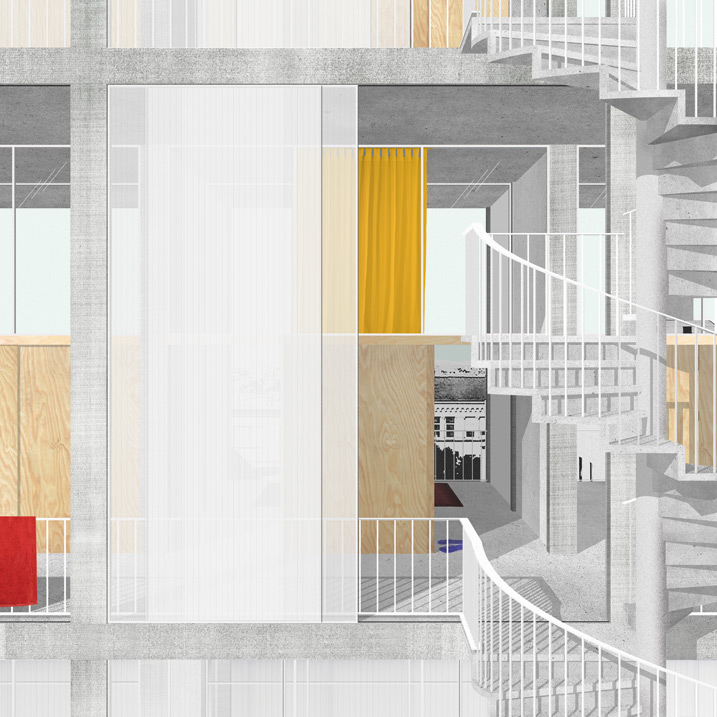
Anderson was influenced by the ‘extreme clarity’ of Pier Vittorio Aureli. A studio led by Aureli focused on interrogating and redefining the architecture of domestic space; Anderson explored this further in his thesis, in collaboration with Dante Furioso. Inspired to study architecture by looking at the work of Louis Kahn, Anderson is now working for Allied Works Architecture. Would most like to work for: Office KGDVS, David Chipperfield, Atelier Kempe Thill, 6a architects. anderson.alan.luke@gmail.com
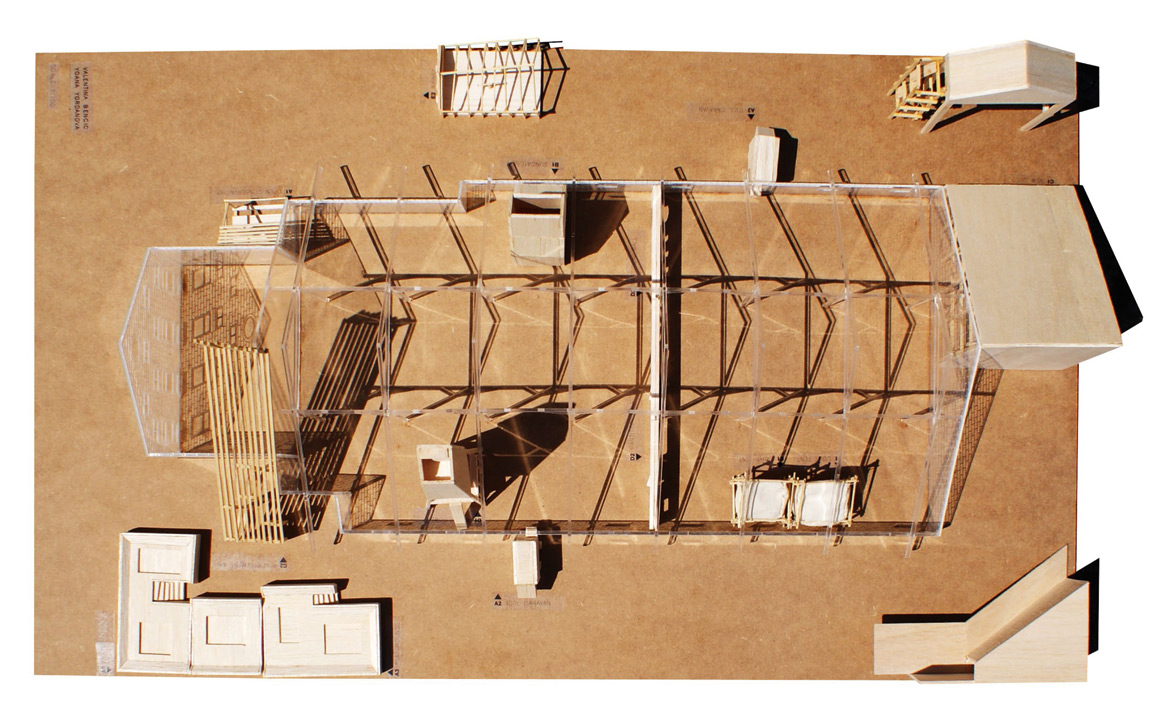
Bencic and Yordanova began collaborating after joining the methods and analysis studio at TU Delft. Their final project proposes a multi-layered environment in Bogotá, Colombia, bringing social practices and rituals together under several roofs and grouping the activities to encourage co-operation. Both architects have diverse backgrounds, so working together balances the conceptual and technical aspects of architectural design. Would most like to work for: Smiljan Radić, Christian Kerez (Bencic); Triptyque Architecture, Atelier Bow-Wow (Yordanova)
val.bencic@gmail.com. yoana.yordanova@ymail.com

Winner of a 2016 RIBA East Student Award, Edwards’ thesis sought to express the economic, technological, social and physical changes taking place in east London in a single public library. After working at Grosvenor Group and Argent, he is now studying for a master’s degree in architecture and urbanism, researching methods of cross-pollination for the planning, financing and designing of cities. Would most like to work for: OMA. dominic.james.edwards@gmail.com
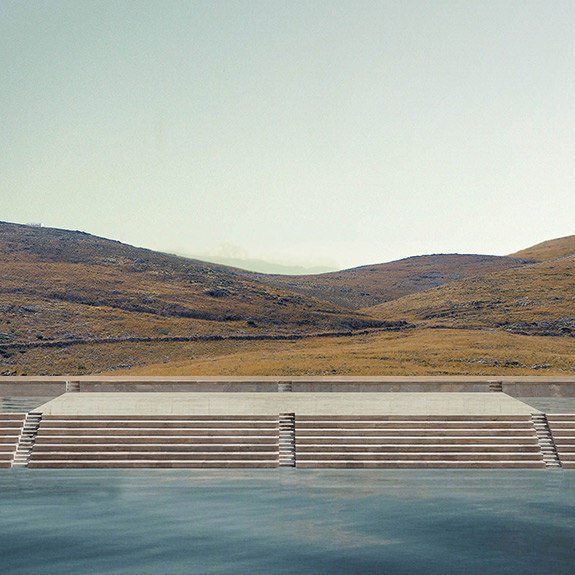
‘I believe the question I try to address in my work is how something can be global, modern and simple yet local, timeless and expressive,’ says Demiris. His thesis project is a proposal for a path and a sequence of steps, that allow access to the rock-ribbed coast of mainland Greece, a device which seeks to alleviate the pressure of tourist visits to the Greek islands. Would most like to work for: WWM Architects. demiris.p@gmail.com
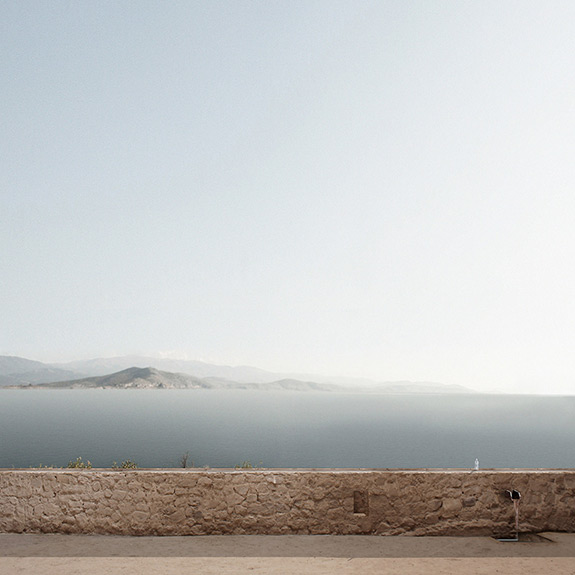
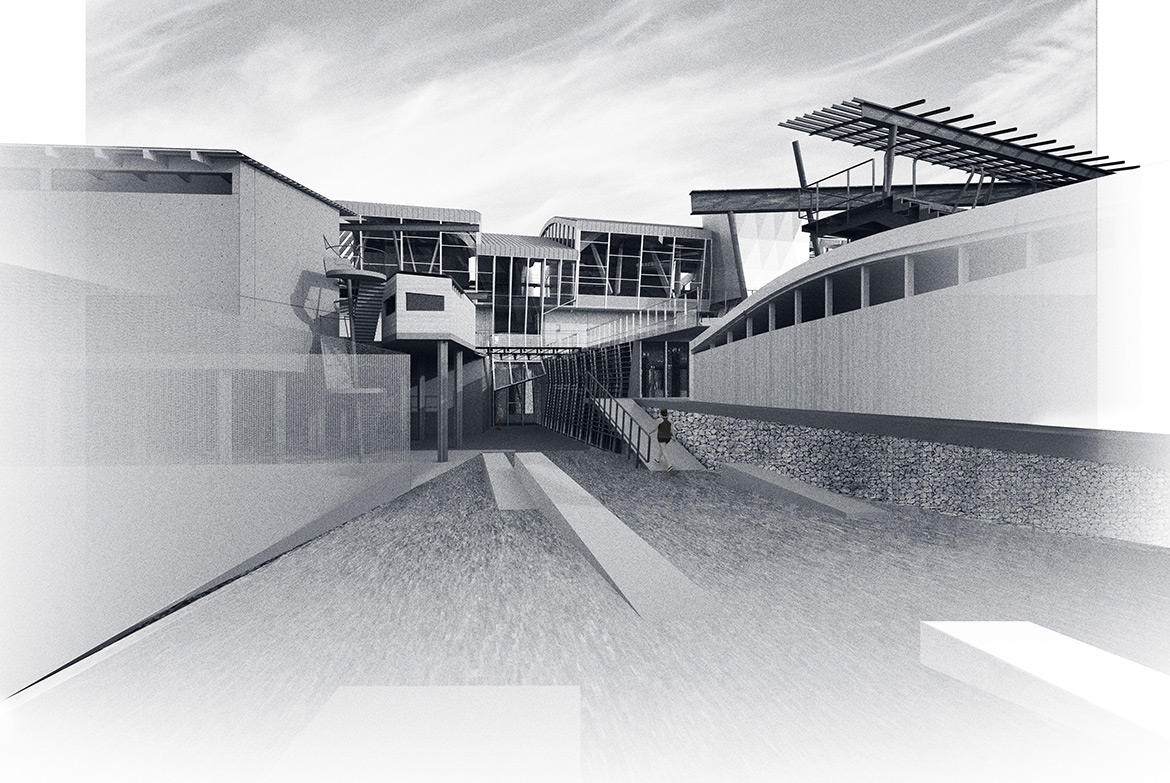
Interested in the sociopolitical role of architecture in building communities, Po graduated from his RIBA Part 1 having won the 2016 RIBA Donaldson Medal. For his final thesis, Peckham Health Common, he reinterpreted the 1926 Peckham Experiment’s holistic, preventative lifestyle-integrated approach to healthcare as a way to address the growing strain on the UK’s public healthcare system. Po is currently working at Studio Egret West on a range of urban design, landscape and architecture projects. Would most like to work for: Steven Holl Architects and O'Donnell + Tuomey. pocalvin@gmail.com
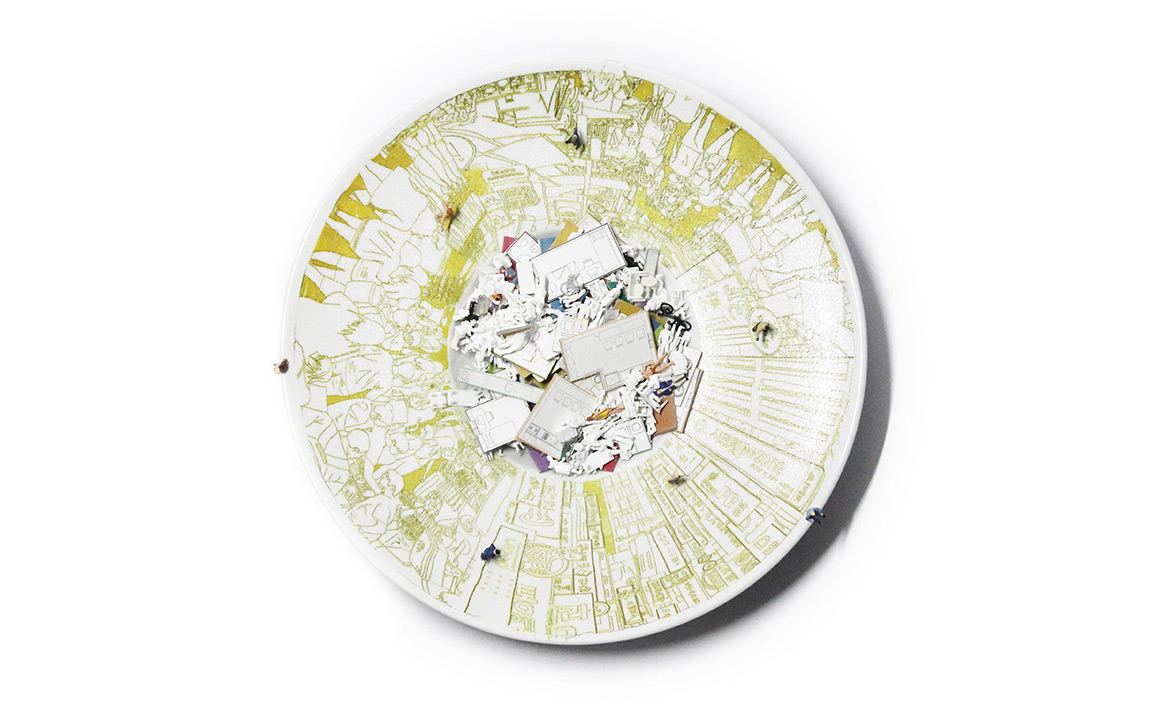
Currently working at Acme in London as an architectural assistant, Kwon earned his bachelor’s degree in architecture at Yeungnam University in South Korea, and subsequently his master’s from the RCA. His thesis looks at the intersection of work/living functions within new housing typologies. Designing a housing scheme for people working in the creative economies, he looked to create a place were skills could be traded and social communal areas were re-integrated into the design to increase space for inhabitants. Would most like to work for: MOS Architects, Lacaton & Vassal and 6a Architects. koy562@icloud.com
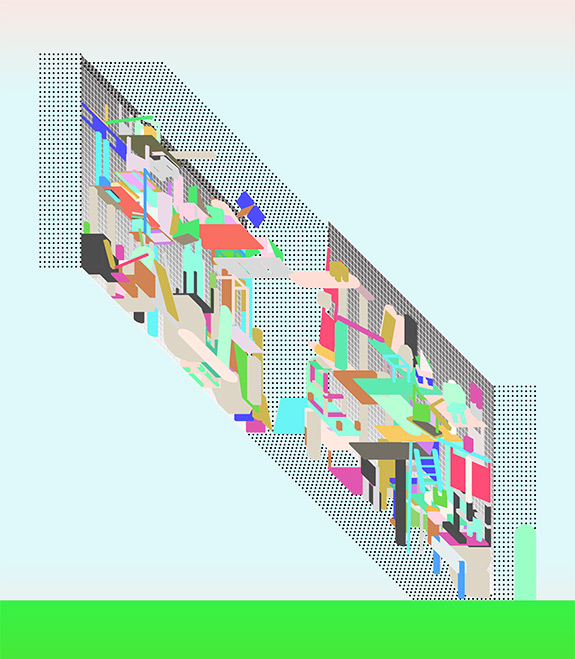
‘I’m interested in the interiors of buildings for their softness, their uninhibited use of colour, and their close personal interactions with people,’ says Hair. In her final year thesis she designed a house from the inside out, as a collection of furniture-like objects in place of more traditional building components. After graduating she began working at First Office and is now working at Gehry Partners in Los Angeles. Would most like to work for: Frank Gehry. brooke.hair@gmail.com
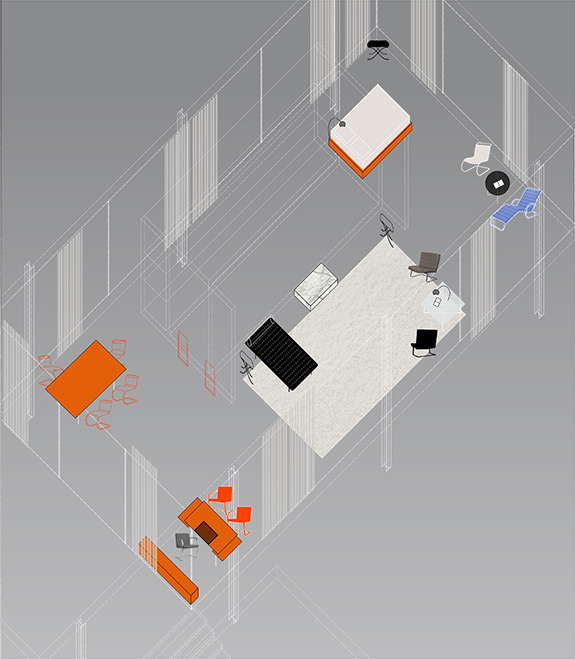

Her fascinating thesis project explores the colonialism of Singapore through air-conditioning. Theorising that British colonialism propelled an ensuing obsession with the technology, her designs, in a form of guerrilla protest, hijack the bi-product of office air-con units, heat, to power community projects such as a public bath and a soup kitchen. Would most like to work for: Field office and Sarah Wigglesworth Architects. lynnchengyuqi@gmail.com
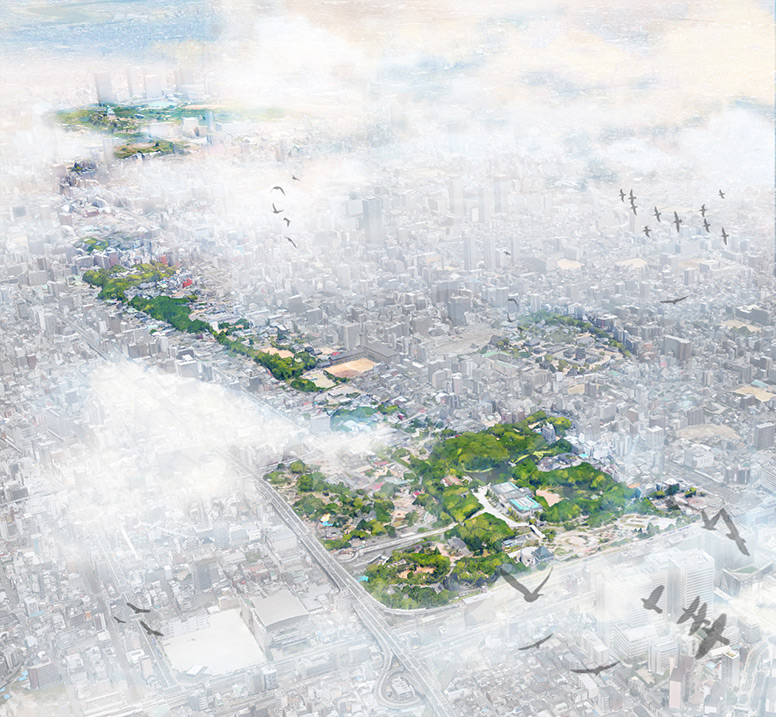
Nakanishi was inspired by the history of urban development in Kyoto for his project, ‘Greenway and Architecture’. He devised a masterplan which aimed to re-introduce green space into the city, which had been lost during the 20th century building boom of public housing and roads. With many lots laying vacant, he looked to reactivate these spaces for public use and connect people with nature again. Would most like to work for: myself. nico_s_mumrik@yahoo.co.jp

Swiss-born Ledergerber was first inspired to study architecture by playing with Lego. His final thesis explores the future possibilities of Buochs airfield as a public common area, presenting his ideas under the principles of culture, aviation industry, traffic, landscape and leisure. Would most like to work for: an ambitious and interesting firm. www.ledergerber.archi
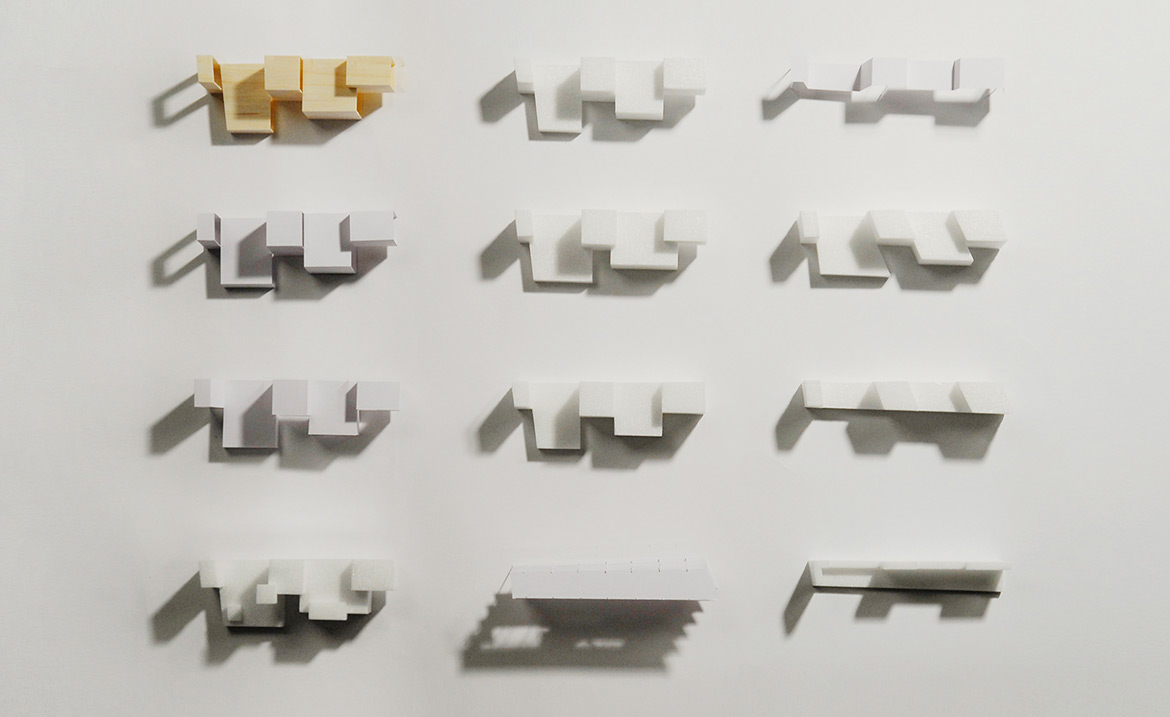
Naïm’s thesis project looks at the urban potential of the Israeli pilgrimage. Taking the plan of Tiberias as his canvas, he prescribes an alternative route for pilgrims in order to tell a different urban story of the city. It was ‘the naive aspiration to make the world a better place’ that inspired Naïm to become an architect, looking to ‘design environments of tolerance and places where one could feel a sense of belonging’. Would most like to work for: Barozzi Veiga and Pezo Von Ellrichshausen. bn.hagai@gmail.com
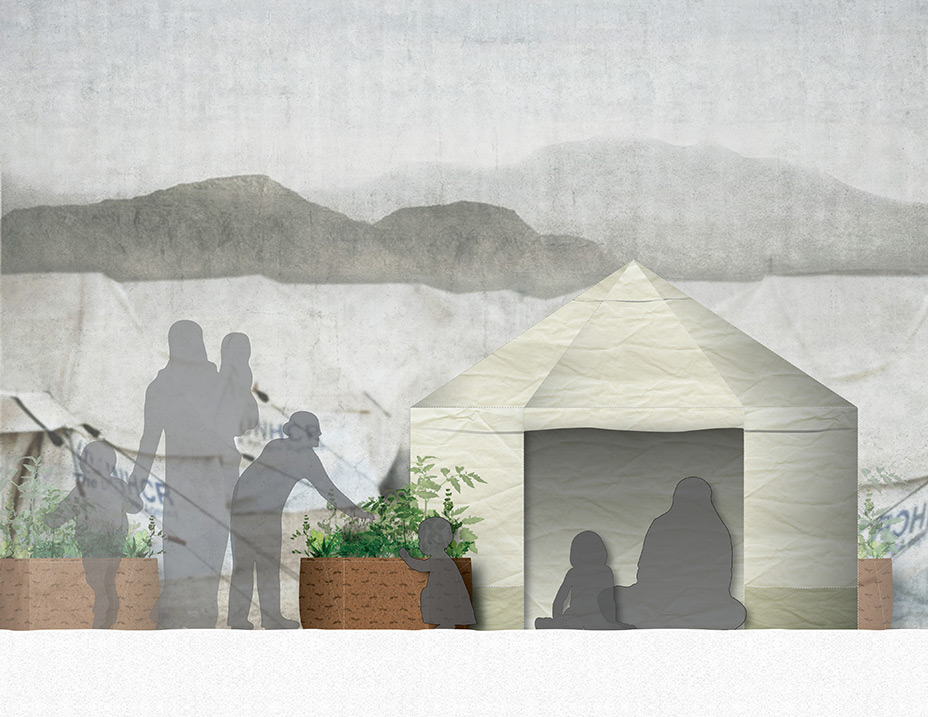
Working between the disciplines of architecture and graphic design, Gonatos sees herself as a versatile and interdisciplinary architect. Her thesis project is a flat-packed kitchen garden kit designed to be used in refugee camps as a temporary activity that promotes mental health and combats the trivial nature of everyday life at the camp. She currently works at Kontrapunkt, a leading Scandinavian design agency, working in signage, environmental graphics, interior design and small-scale architecture. Would most like for: an interdisciplinary studio. renagonatos@gmail.com
-
 Roland and Karimoku expand their range of handcrafted Kiyola digital pianos
Roland and Karimoku expand their range of handcrafted Kiyola digital pianosThe new Roland KF-20 and KF-25 are the latest exquisitely crafted digital pianos from Roland, fusing traditional furniture-making methods with high-tech sound
-
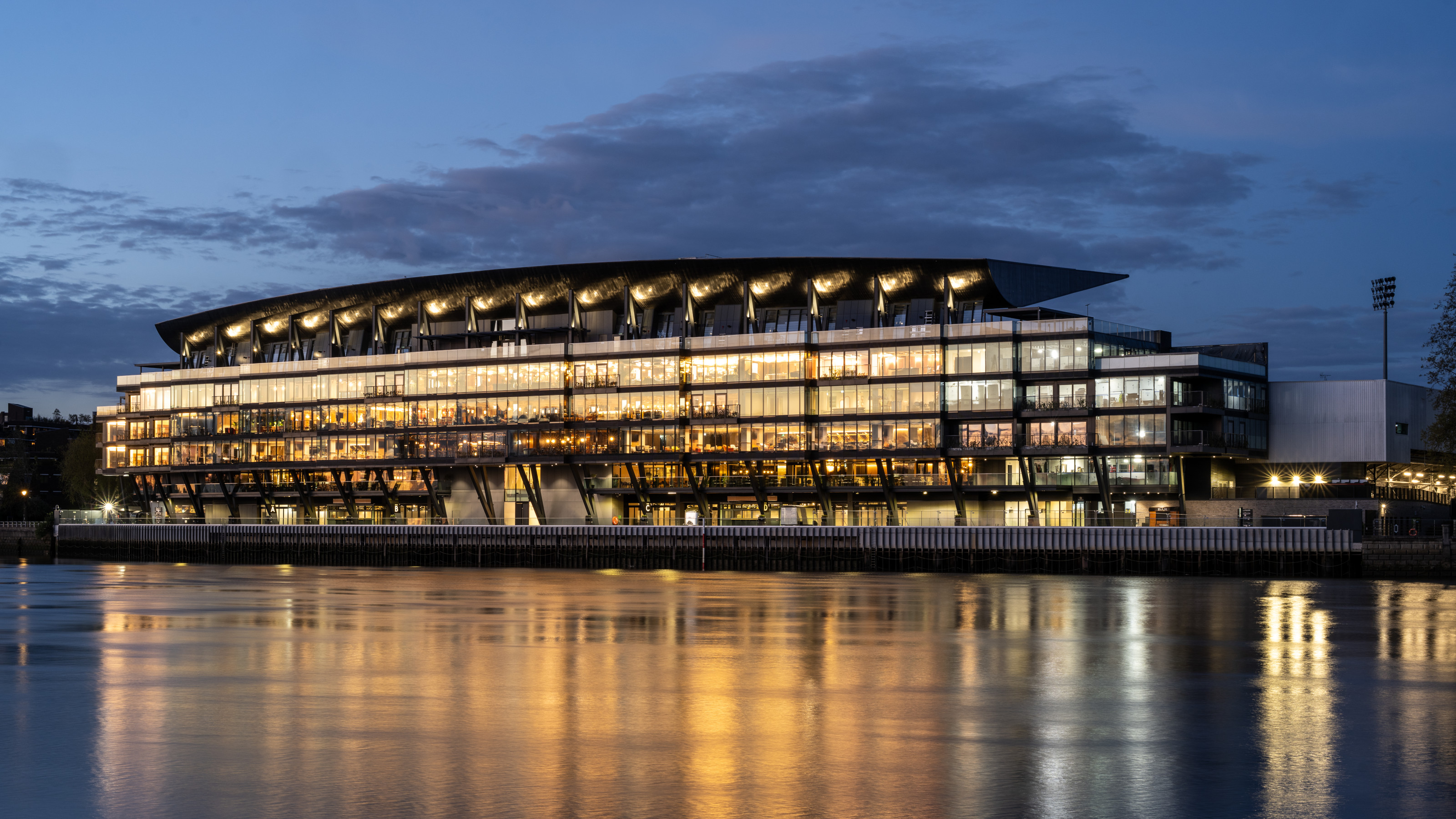 Fulham FC’s new Riverside Stand by Populous reshapes the match-day experience and beyond
Fulham FC’s new Riverside Stand by Populous reshapes the match-day experience and beyondPopulous has transformed Fulham FC’s image with a glamorous new stand, part of its mission to create the next generation of entertainment architecture, from London to Rome and Riyadh
-
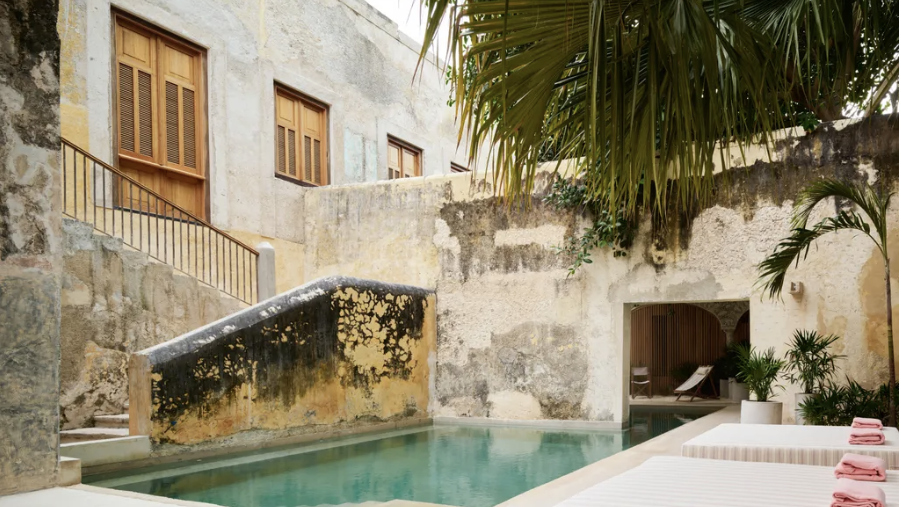 A contemporary Mexican hotel emerges from a 16th-century ruin in Mérida
A contemporary Mexican hotel emerges from a 16th-century ruin in MéridaA renovation project by Zeller & Moye, Mérida’s new Hotel Sevilla wears its architectural interventions lightly, mixing new brutalist elements into listed interiors and a palm-filled courtyard
-
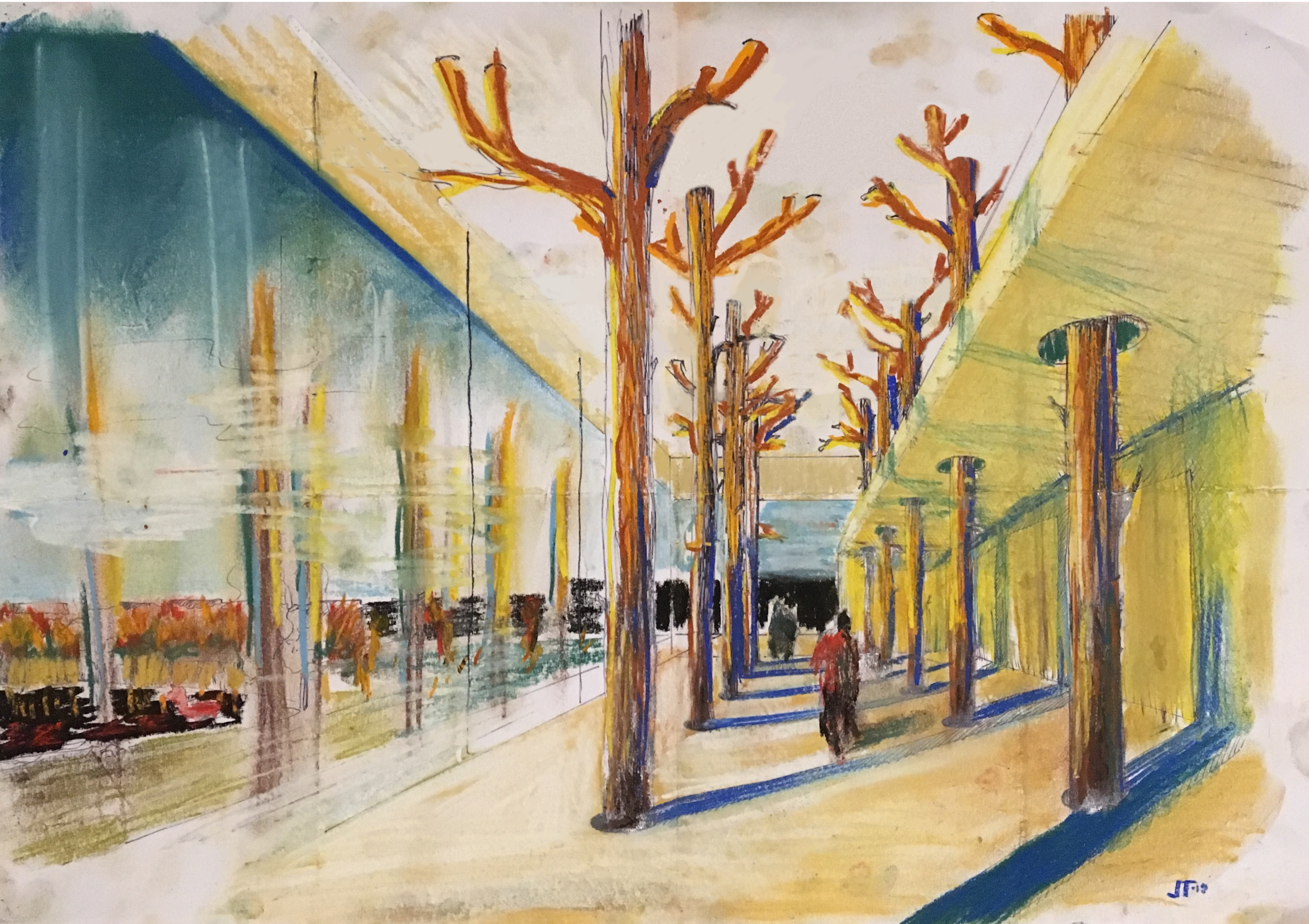 Jaakko Torvinen and Elli Wendelin design transportable wooden building
Jaakko Torvinen and Elli Wendelin design transportable wooden buildingOur Next Generation 2022 showcase shines a light on 22 outstanding graduates from around the globe. Here, we profile architecture graduates Jaakko Torvinen and Elli Wendelin from Aalto University’s School of Arts, Design and Architecture, Finland
-
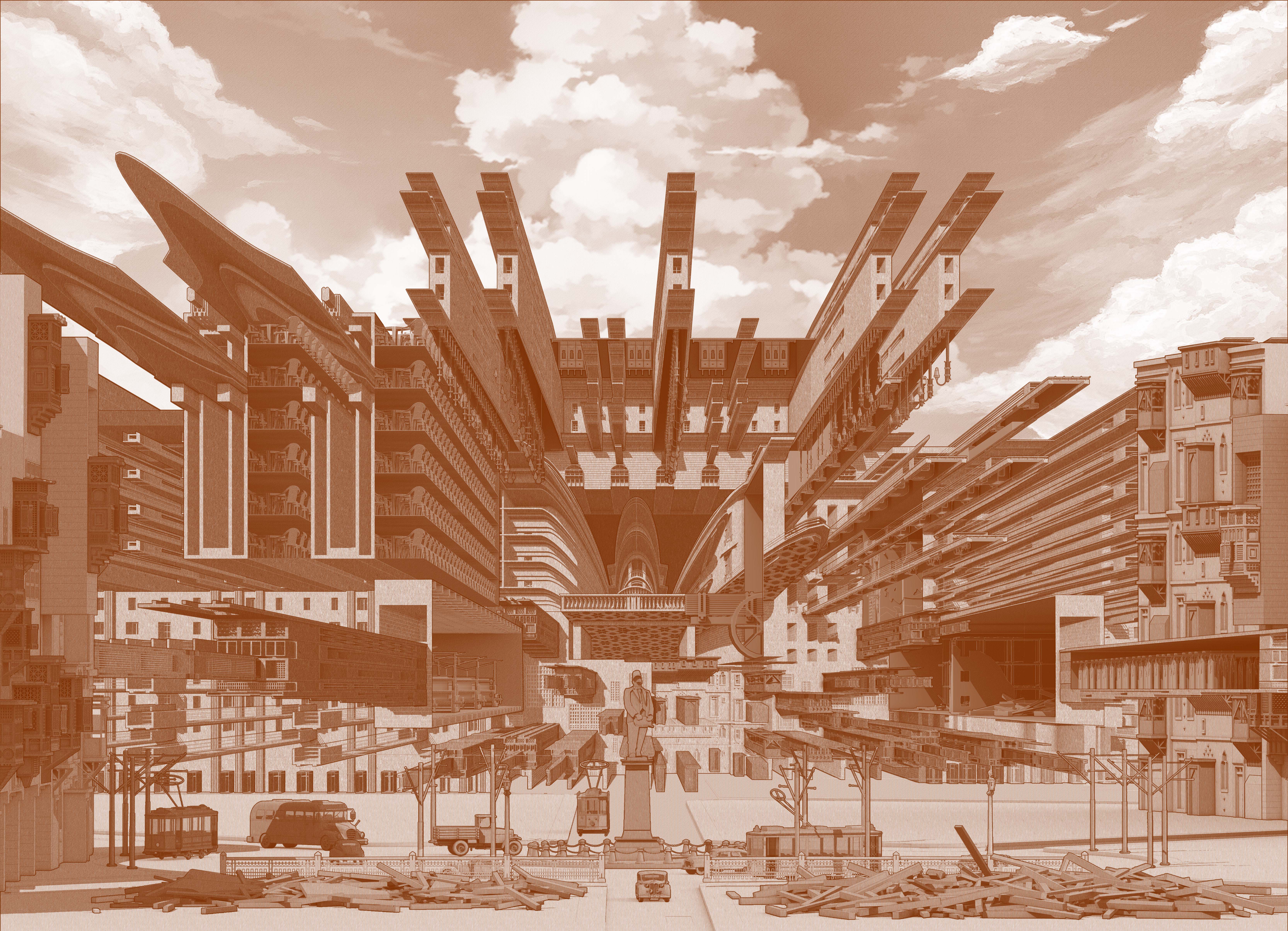 Kamal Ranchod uses architectural drawing to decolonise Egyptian history
Kamal Ranchod uses architectural drawing to decolonise Egyptian historyOur Next Generation 2022 showcase shines a light on 22 outstanding graduates from around the globe, in seven creative fields. Here, we profile Kamal Ranchod, from the University of Johannesburg’s Graduate School of Architecture, South Africa
-
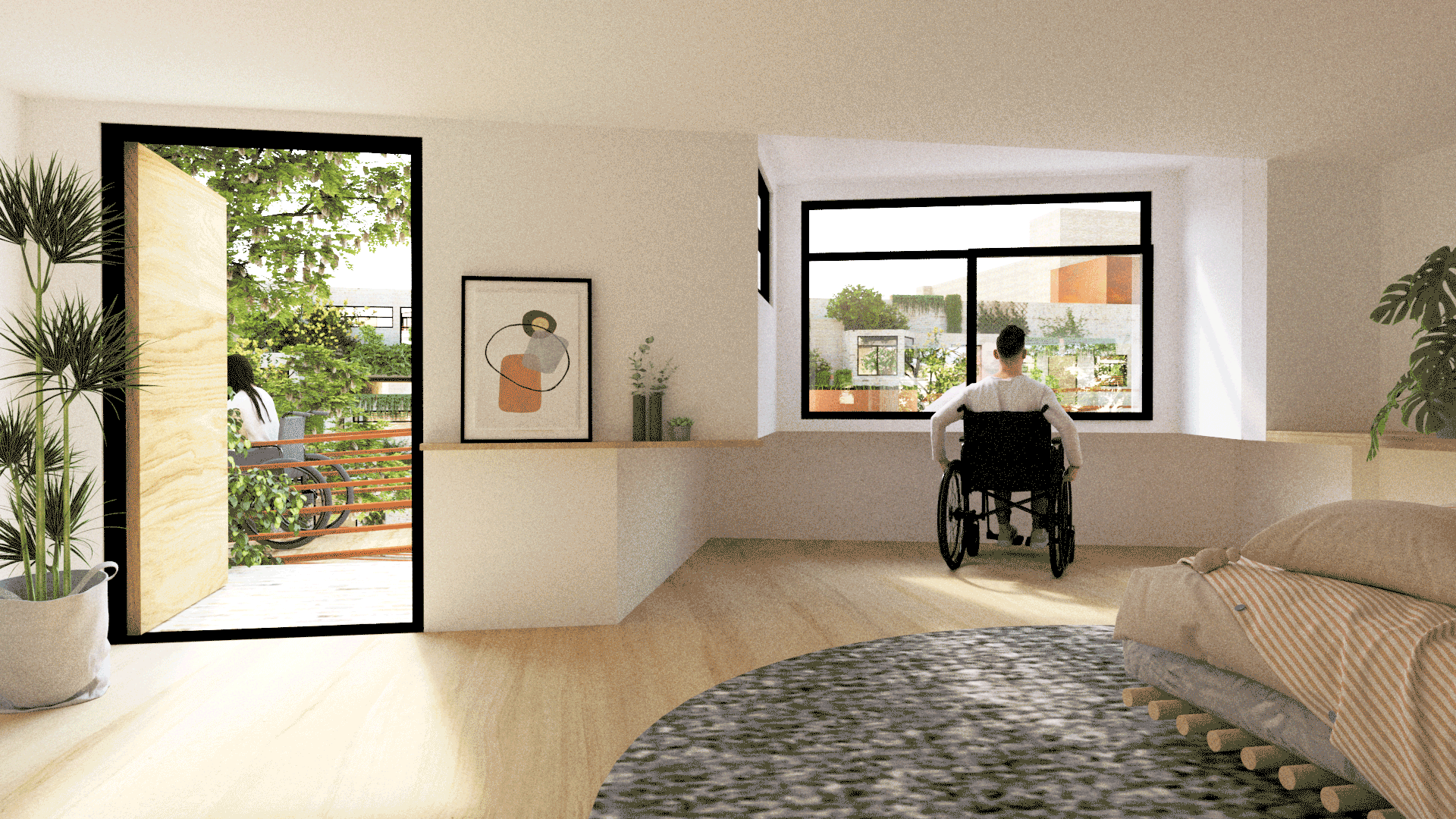 ‘Cripping Architecture’: Shaina Yang reimagines the world for a different body type
‘Cripping Architecture’: Shaina Yang reimagines the world for a different body typeOur Next Generation 2022 showcase shines a light on 22 outstanding graduates from around the globe, in seven creative fields. Here, we profile architecture graduate Shaina Yang from the Harvard Graduate School of Design, USA
-
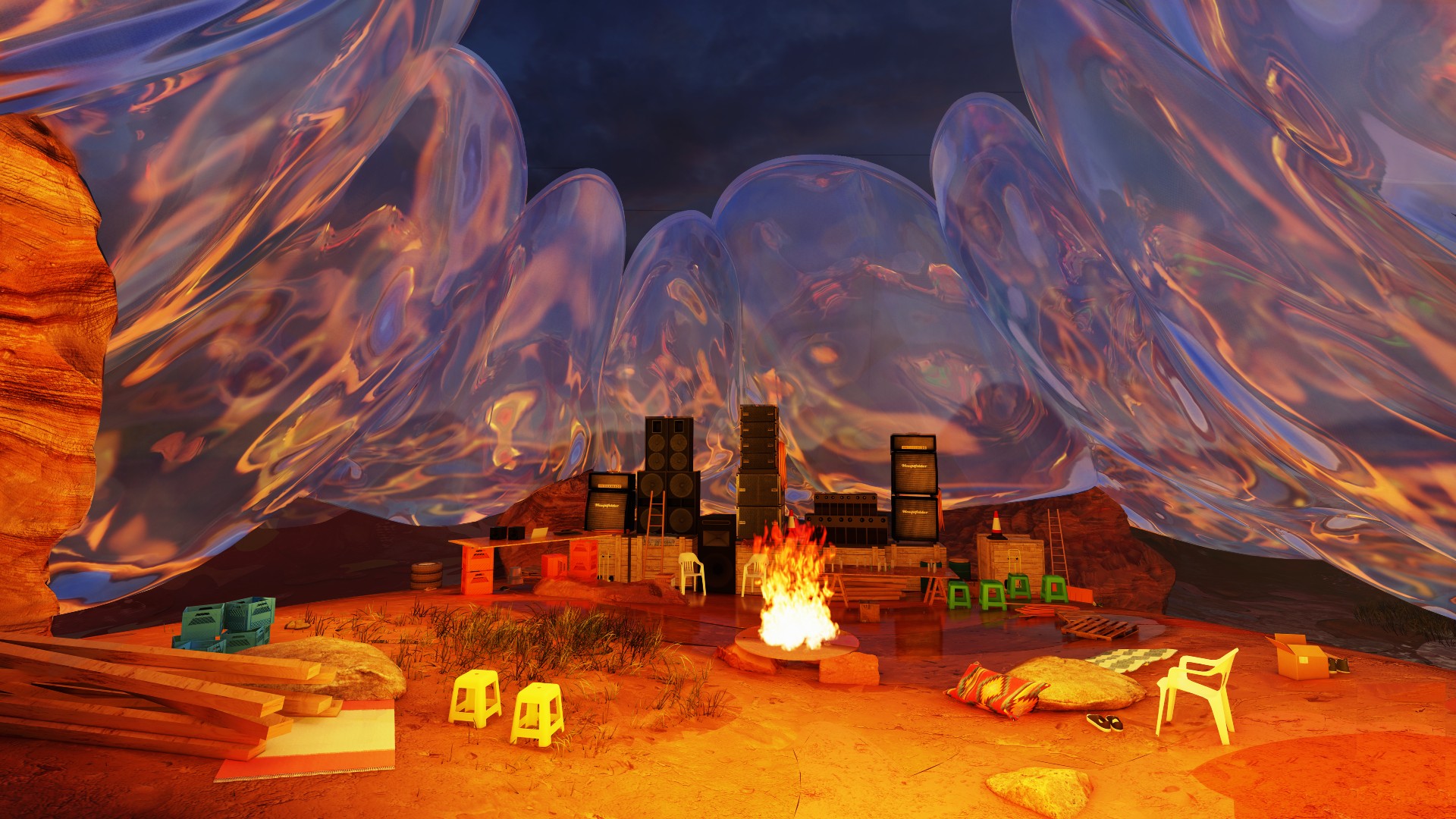 Matthew Avallone proposes ‘inhabitable park-scape’ for togetherness in Tijuana
Matthew Avallone proposes ‘inhabitable park-scape’ for togetherness in TijuanaOur Next Generation 2022 showcase shines a light on 22 outstanding graduates from around the globe, in seven creative fields. Here, we profile architecture graduate Matthew Avallone, from the Royal College of Art, UK
-
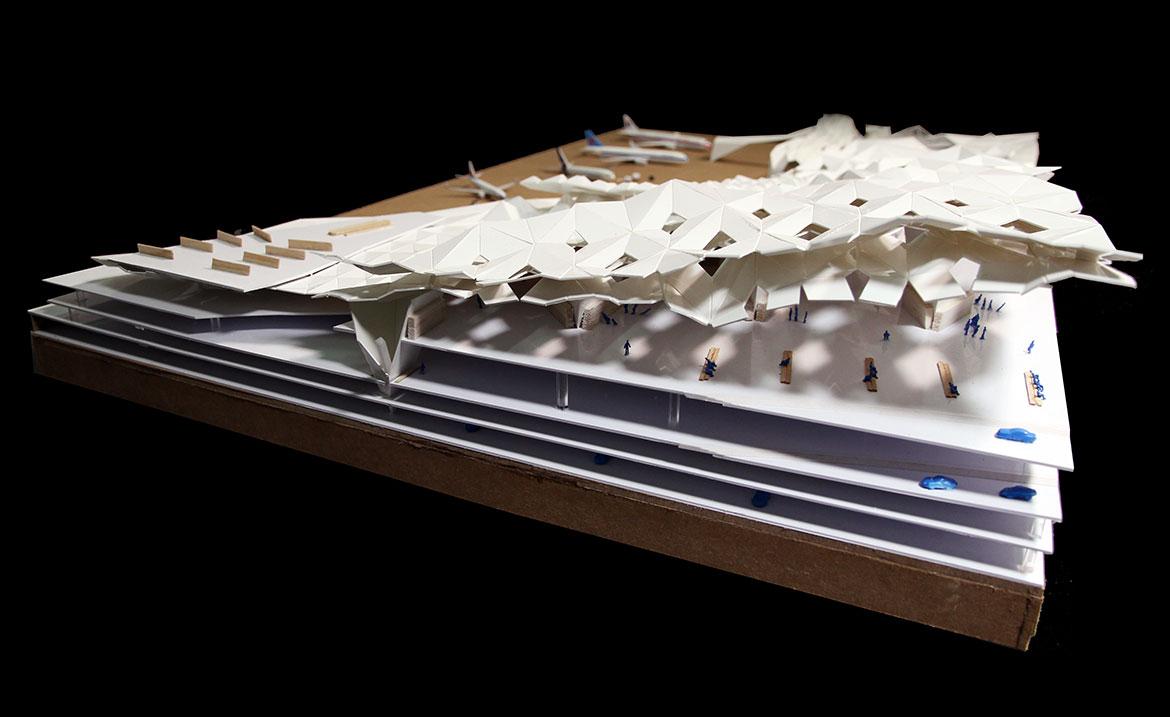 Architecture
ArchitectureThe next generation of architects and engineers exploring space and surface
-
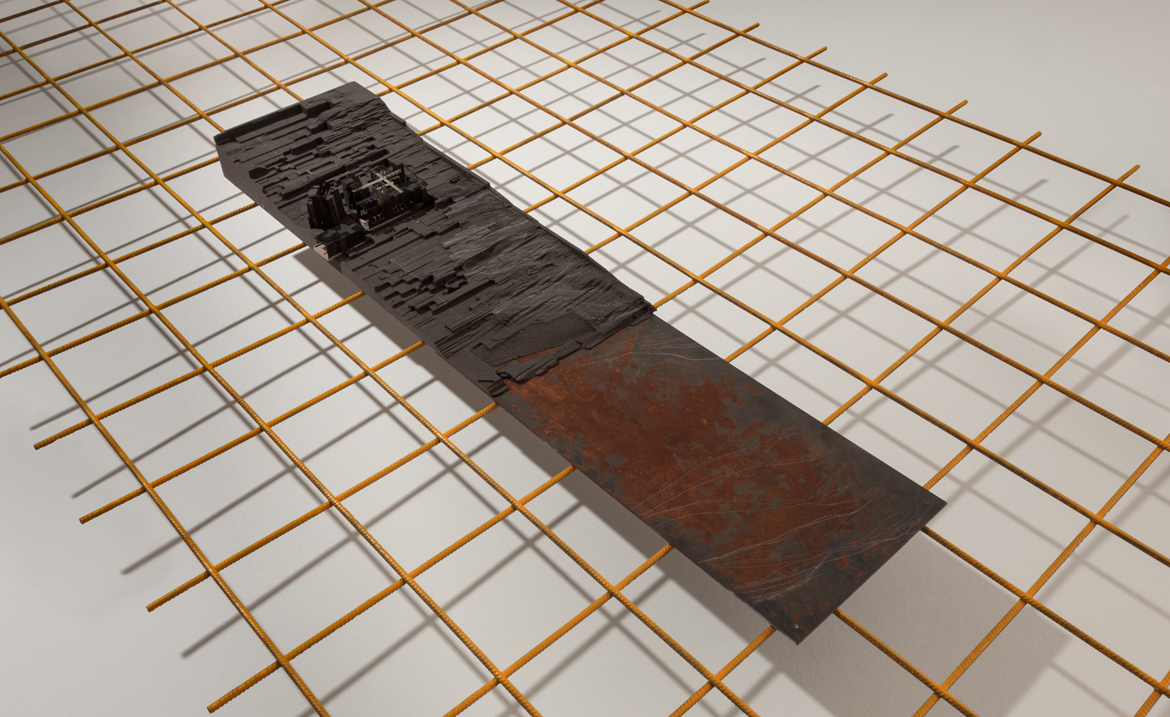 Architecture
ArchitectureWe cast our nets wide to find the best emerging architects and engineers
-
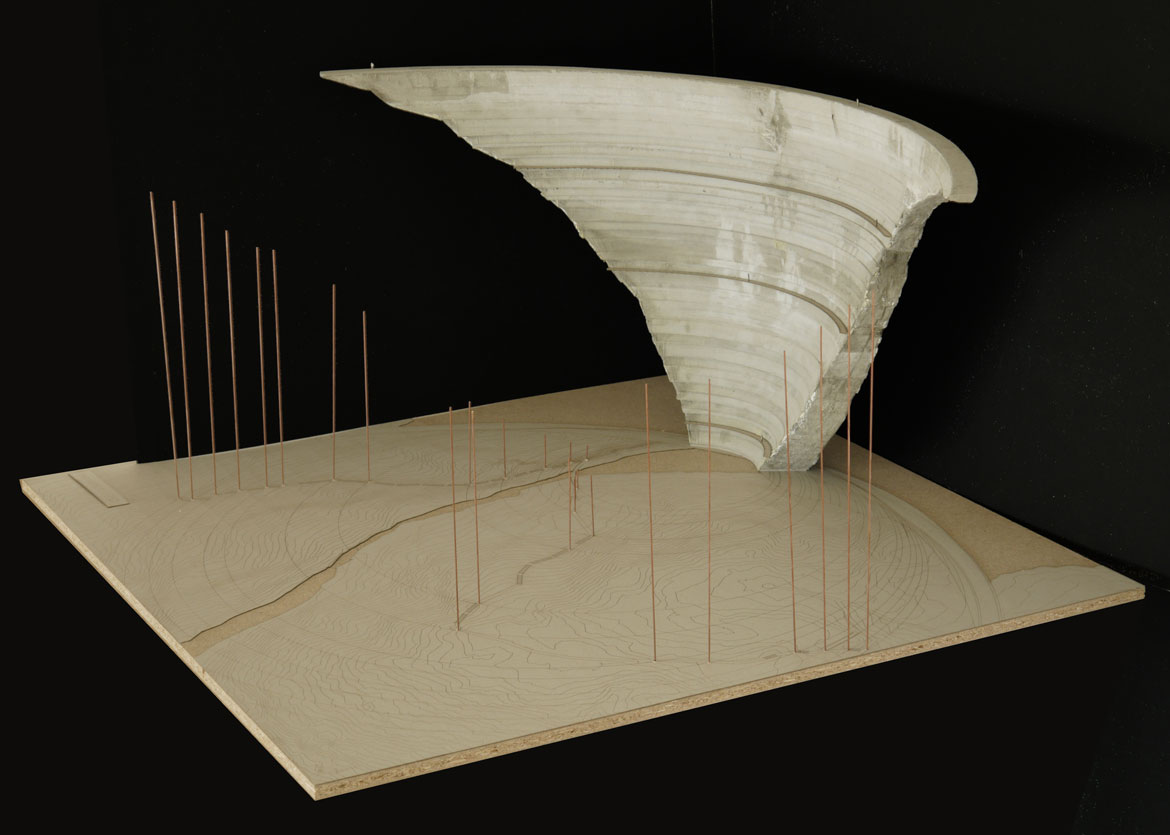 Architecture
ArchitectureThe next generation of architects and engineers are setting themselves an ambitious agenda
-
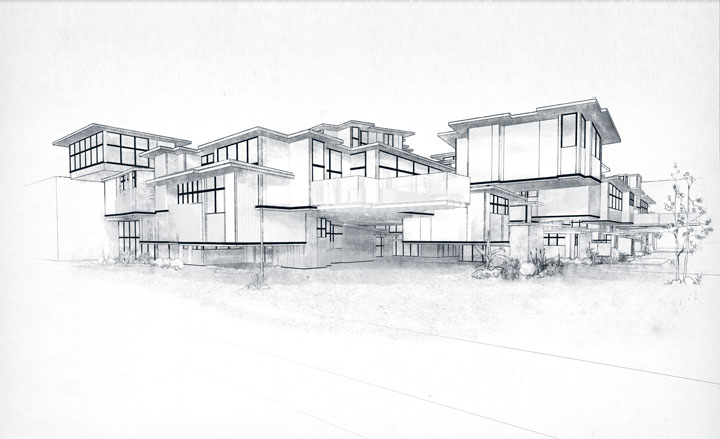 Graduate Directory 2012
Graduate Directory 2012